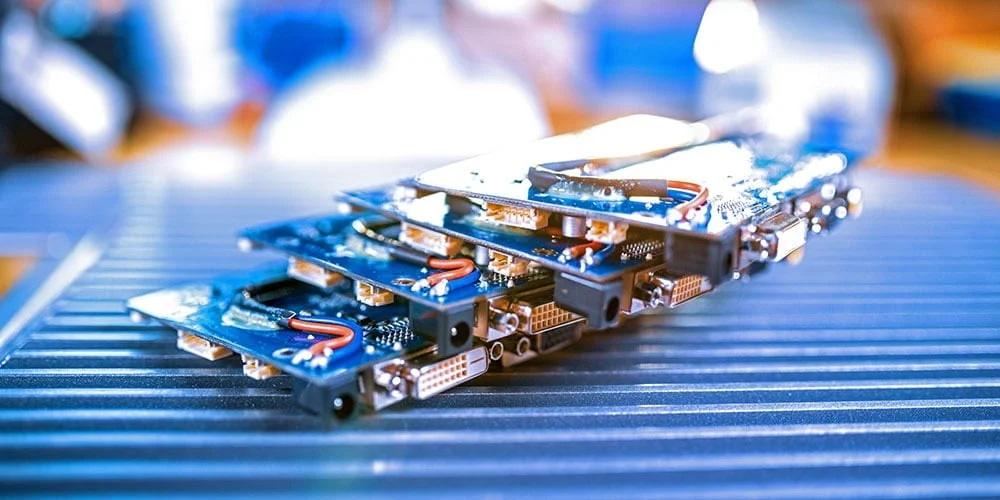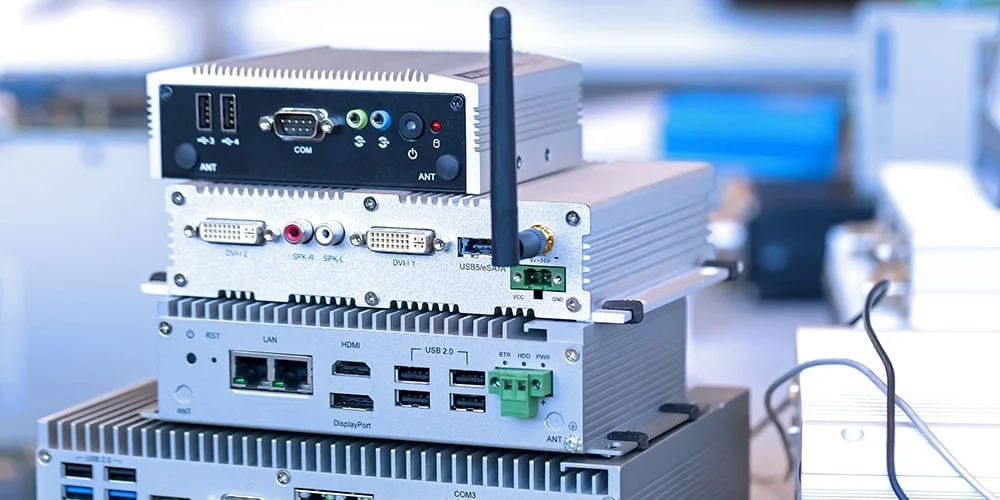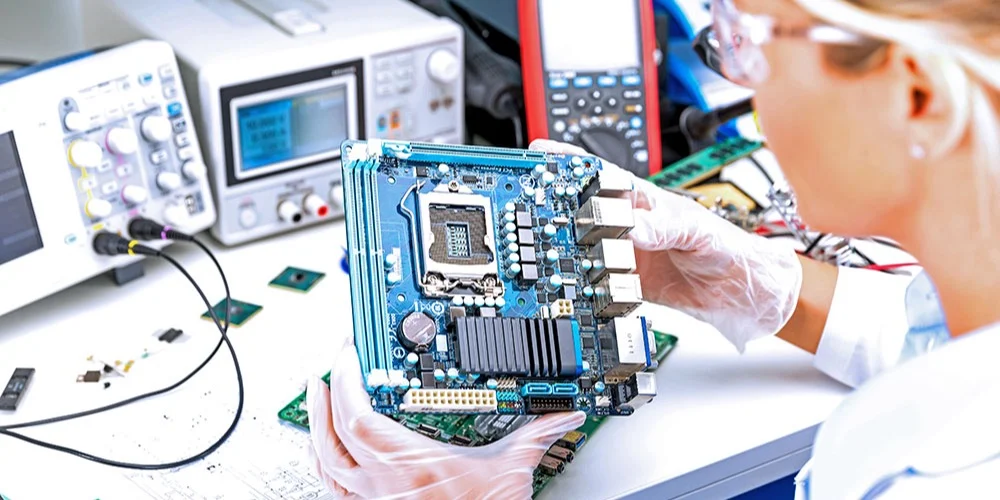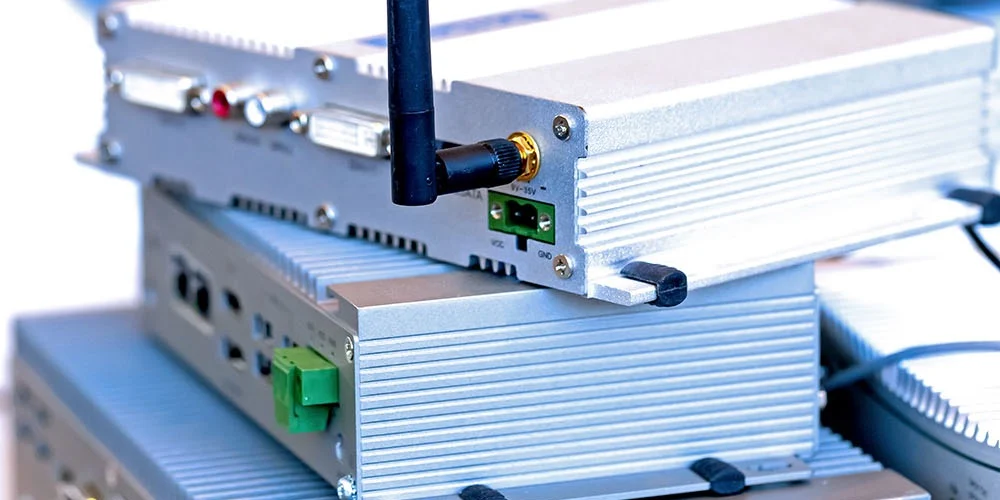Embedded systems are classified based on performance and functional requirements, as well as the performance of microcontrollers. These classifications can be further divided into categories and subcategories.
When classifying embedded systems based on performance and functional requirements, embedded systems are divided into four categories:
Real-time embedded systems
Standalone embedded systems
Network, or networked, embedded systems
Mobile embedded systems
Let’s discuss each one in-depth.
What are real-time embedded systems?
Real-time embedded systems must provide results or outputs promptly. Priority is assigned to output generation speed, as real-time embedded systems are often used in mission-critical sectors, such as defense and aerospace, that need important data, well, yesterday.
Examples of real-time embedded systems include:
Aircraft controls
Land-vehicle and flight computers that process and transmit sensor-acquired data
Missile defense system controls
Autonomous and semi-autonomous vehicle controls
Real-time embedded systems are further divided into soft real-time embedded systems and hard real-time embedded systems to account for the importance of output generation speed.
What are soft and hard real-time embedded systems?
Soft real-time embedded systems have lenient output timeframes or deadlines. If outputs are not provided in a specified timeframe, performance decline may ensue, but the consequences of this decline are relatively insignificant, do not constitute a system or application failure, and are unlikely to result in a harmful outcome. The system’s outputs are also still considered valuable, despite their tardiness.
An example of a soft real-time embedded system is a computer running an application whose sole purpose is to analyze in real-time relatively innocuous, non-mission-critical, sensor-acquired data, such as the temperature and humidity readings of a given locale.
Depending on the computer’s processing and memory resources, a slight delay in real-time output delivery may occur; however, temperature and humidity data acquisition and analysis, the outputs of which are although helpful to have on hand, aren’t typically considered mission-critical activities producing mission-critical data, so the system’s outputs, albeit late, would still be regarded as valuable, and its latency, although an indication that quality of service has declined, would cause no particularly harmful outcomes.
Hard real-time embedded systems are the antithesis of soft real-time embedded systems. These systems must consistently meet their assigned output deadlines, as not doing so is considered a system or application failure, which, in many cases, could have catastrophic outcomes because of the hard real-time embedded system’s typical deployment in mission-critical programs and applications.
For example, missile defense systems utilize hard real-time embedded systems, as detecting, tracking, intercepting, and destroying incoming missiles are activities that must be executed under strictly imposed deadlines to avoid jeopardizing human lives, buildings, equipment, vehicles, and other assets.
Now let’s move on to the embedded systems that can stand on their own, i.e., function without a host.






